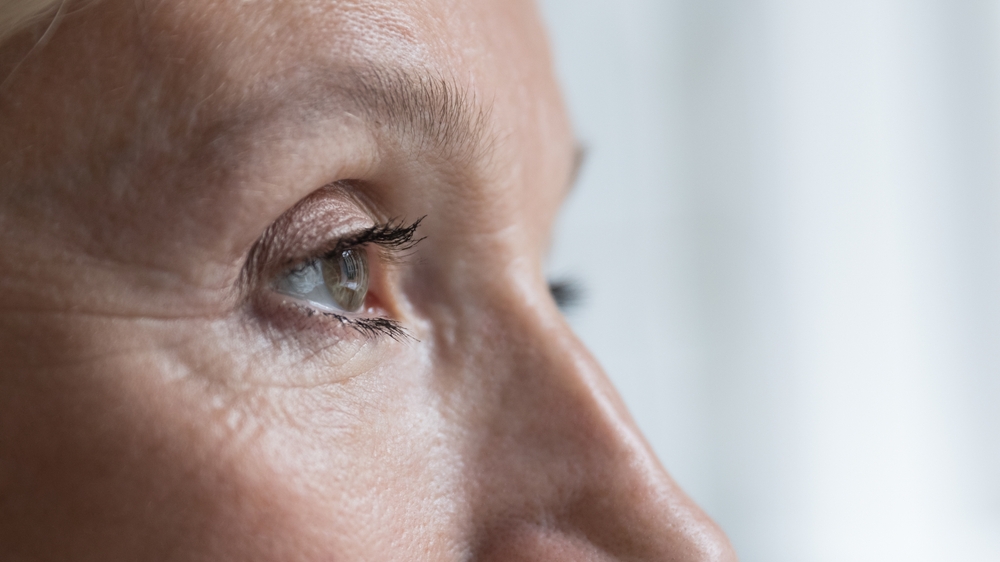
Glaucoma is a silent thief of sight that can creep up without warning. It's a condition that could very well affect you, causing irreversible damage to your vision before you even realize there's a problem. Understanding what glaucoma is, the risks, symptoms, and how to treat it can make a significant difference in maintaining your eye health.
What are the Risk Factors of Glaucoma?
You might be wondering if you're at risk of developing glaucoma. Certain factors can predispose you to the condition. Age is a significant factor; individuals over the age of 60 are at a higher risk, especially if you are of African, Asian, or Hispanic heritage.
Family history also plays a role. If you have family members who have been diagnosed with glaucoma, your risk of developing it is higher. Other risk factors include medical conditions such as diabetes, high blood pressure, and heart disease. Additionally, extreme nearsightedness or farsightedness can predispose you to glaucoma, as can the long-term use of corticosteroid medications, particularly eye drops.
Recognizing the Symptoms of Glaucoma
Recognizing the signs of glaucoma can be challenging, especially since the most common form, open-angle glaucoma, develops slowly and often without symptoms. Initially, it tends to affect peripheral vision and gradually works its way toward central vision. You may not notice anything until substantial vision is lost.
For acute angle-closure glaucoma, the symptoms are more pronounced and may include severe eye pain, blurred vision, headache, rainbow-colored halos around lights, eye redness, and nausea or vomiting. These symptoms can appear suddenly and are often severe. This type of glaucoma is a medical emergency, and you should contact your eye doctor immediately if you experience these symptoms.
Symptoms such as slight loss of peripheral vision can easily go unnoticed, but an eye exam can detect changes linked to glaucoma before they become severe.
Unveiling the Causes of Glaucoma
The causes of glaucoma are not fully understood, but we know that it's associated with damage to the optic nerve. As this nerve deteriorates, blind spots develop in your visual field. The damage is often linked to increased pressure in the eye, known as intraocular pressure (IOP), caused by a buildup of fluid that flows throughout the inside of your eye.
This fluid, called aqueous humor, usually flows out of your eye through a mesh-like channel. If this channel becomes blocked, or the eye is producing too much fluid, or the fluid is not draining properly, the liquid builds up. Unfortunately, what leads to the impairment of the drainage system is not entirely clear, but it can involve genetic and environmental factors.
Treatment Options for Glaucoma
Treatment for glaucoma aims to reduce intraocular pressure to prevent further damage to the optic nerve. While the vision loss caused by glaucoma cannot be reversed, treatment can often stop the progression of the disease. The best treatment for you will depend on the severity and type of your glaucoma, your overall health, and your personal circumstances.
Medications, typically in the form of prescription eye drops, are often the first approach. These can reduce the formation of fluid in the eye or increase its outflow, thereby lowering eye pressure.
Laser treatment is another option. Trabeculoplasty, for example, is used for open-angle glaucoma and can improve the flow of fluid out of the eye, reducing pressure. For angle-closure glaucoma, a laser peripheral iridotomy can create a small hole in the iris, allowing fluid to flow more freely.
Finally, various surgical procedures can treat glaucoma. These range from implanting tubes to help drain fluid from the eye to minimally invasive glaucoma surgeries (MIGS) that have fewer complications and a quicker recovery time. Your ophthalmologist can provide guidance on whether surgery is a suitable option for you.
Safeguarding Your Eyesight
Understanding the risk factors, recognizing symptoms, and knowing the causes and treatment options for glaucoma can arm you with the tools necessary to protect your eyesight. Being proactive about your eye health and seeking regular eye examinations are vital steps in preventing vision loss from glaucoma.
If you or someone you know is at risk of glaucoma or is experiencing any symptoms, schedule an eye exam with our professionals at Texas State Optical in our Santa Fe, Texas, office. Please call (409) 202-6554 to book an appointment today.










